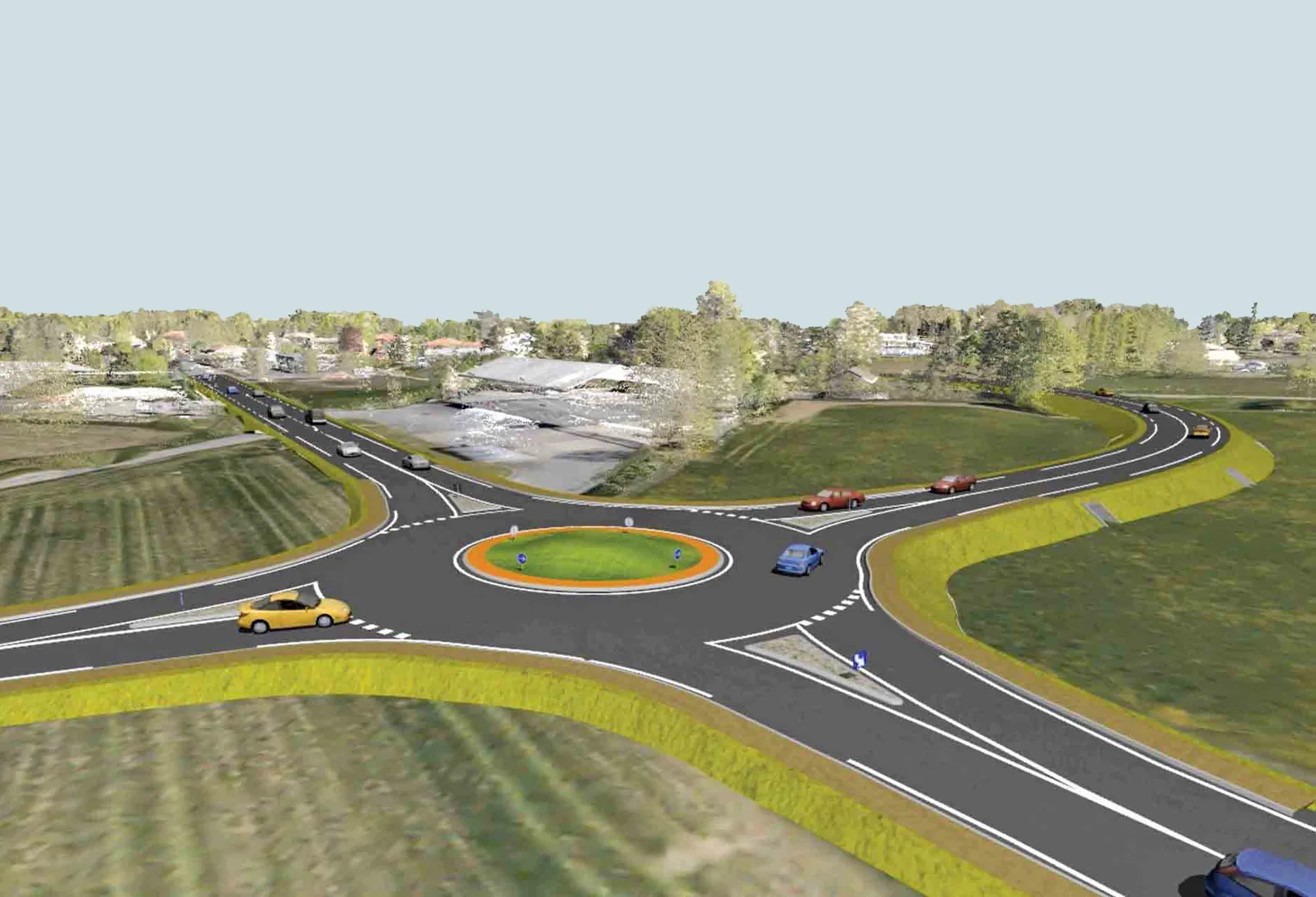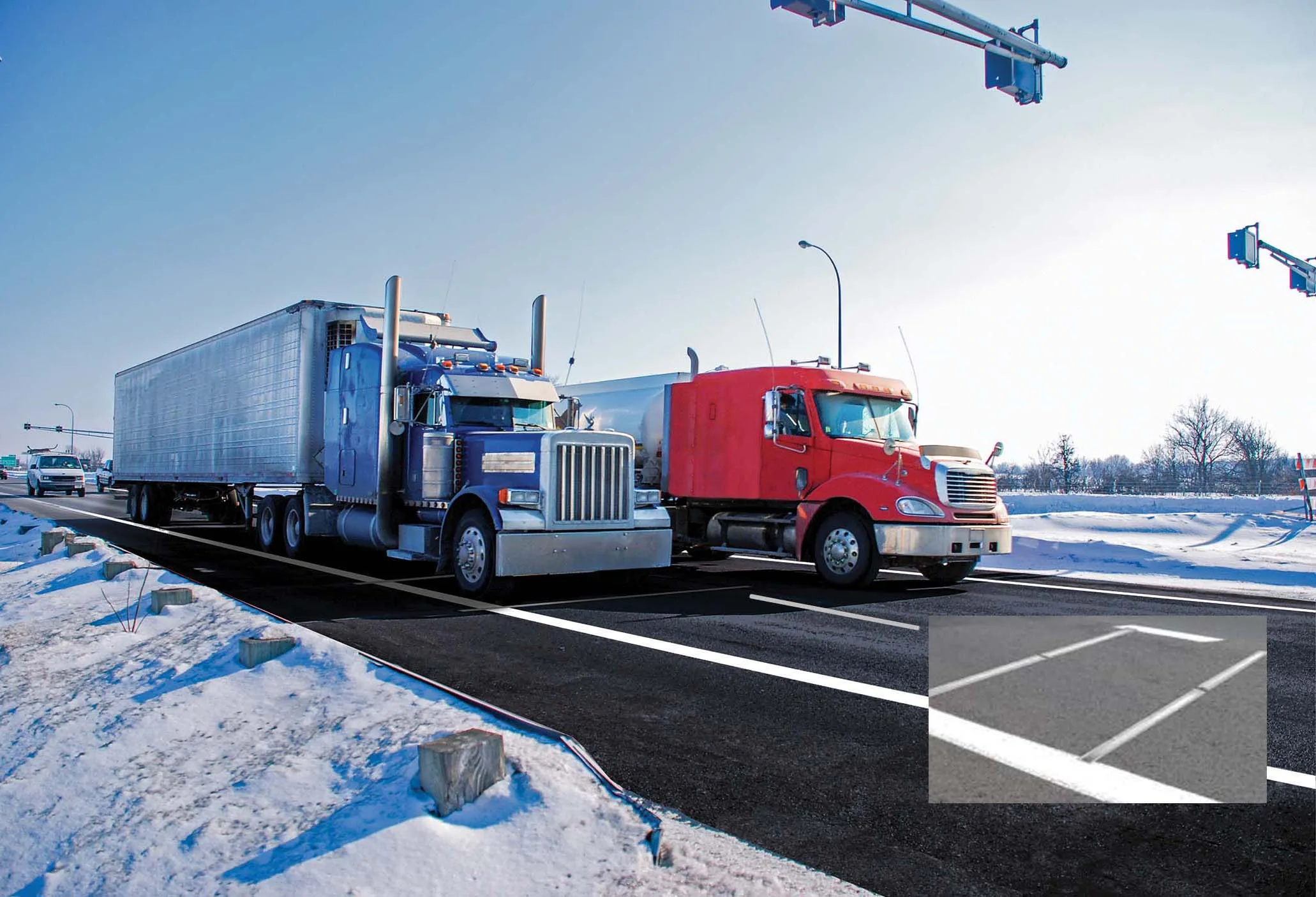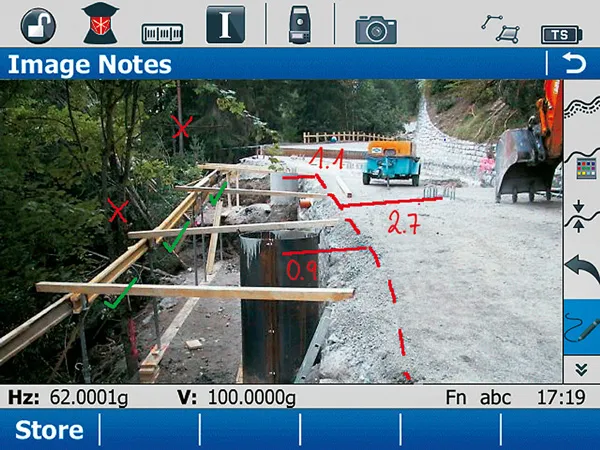
The ARAN (Automatic Road Analyser) system delivered to JSTRI is configured with the latest 3D pavement measurement technology. This system is able to measure surface texture and concrete faulting as well as pavement distresses such as cracking and rutting, while other onboard systems simultaneously collect the IRI (International Roughness Index) pavement roughness, all in a single pass. To ensure the research group is fully equipped with the best software to handle and process the extensive data captured using the ARAN 9000, JSTRI features Vision, Fugro Roadware’s enterprise processing, analysis, visualisation and reporting software.
Vision has been designed to work seamlessly with the data collected using the ARAN series of products allowing JSTRI to deliver quality processed data for all their research and consulting projects.








